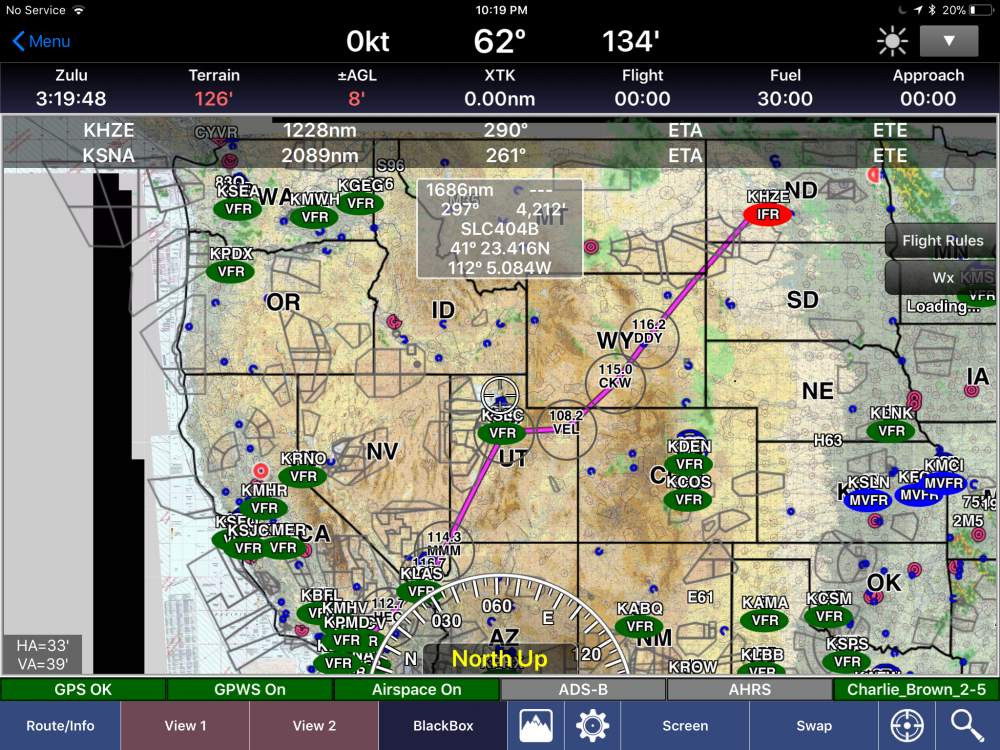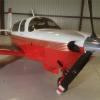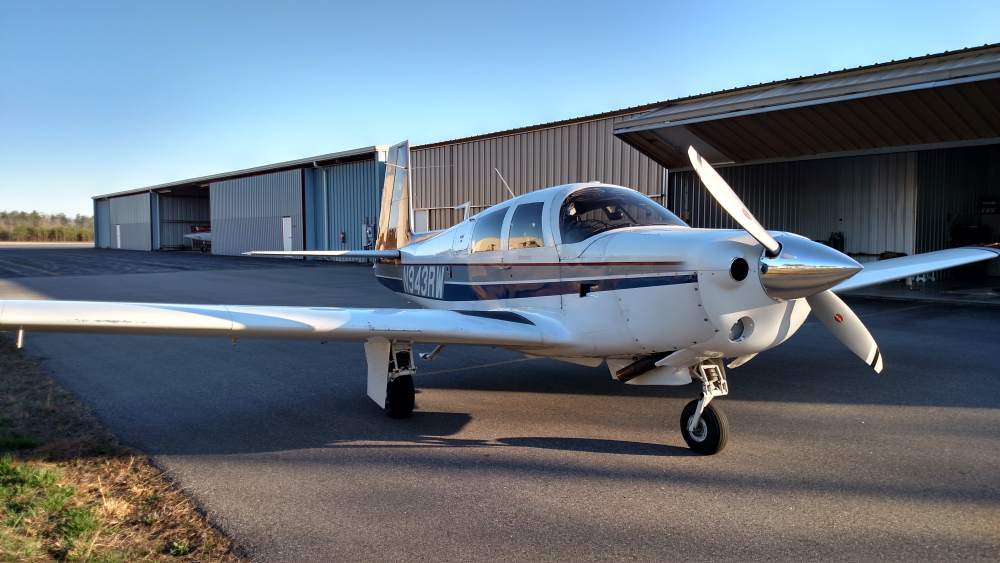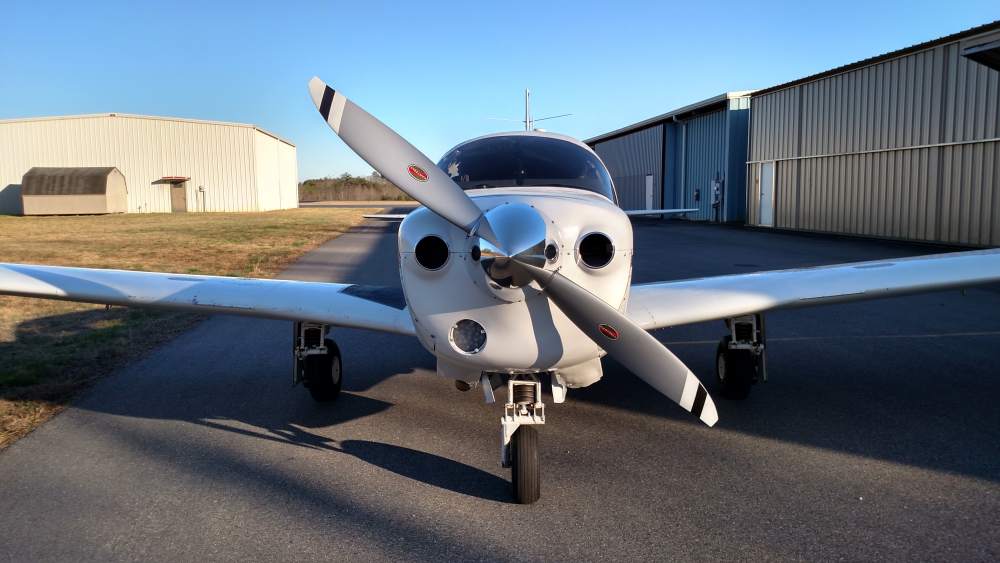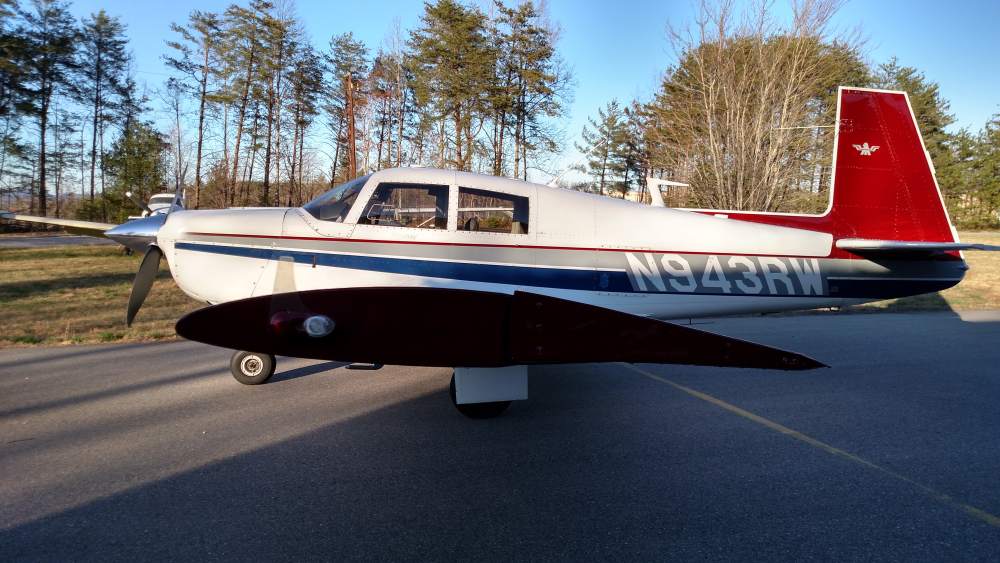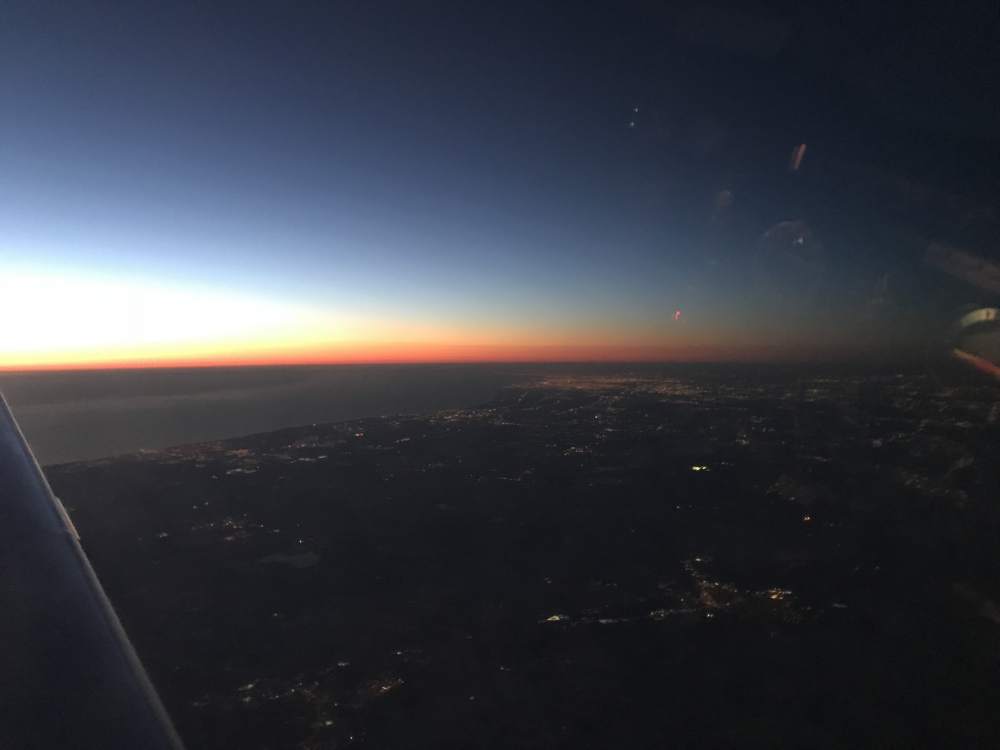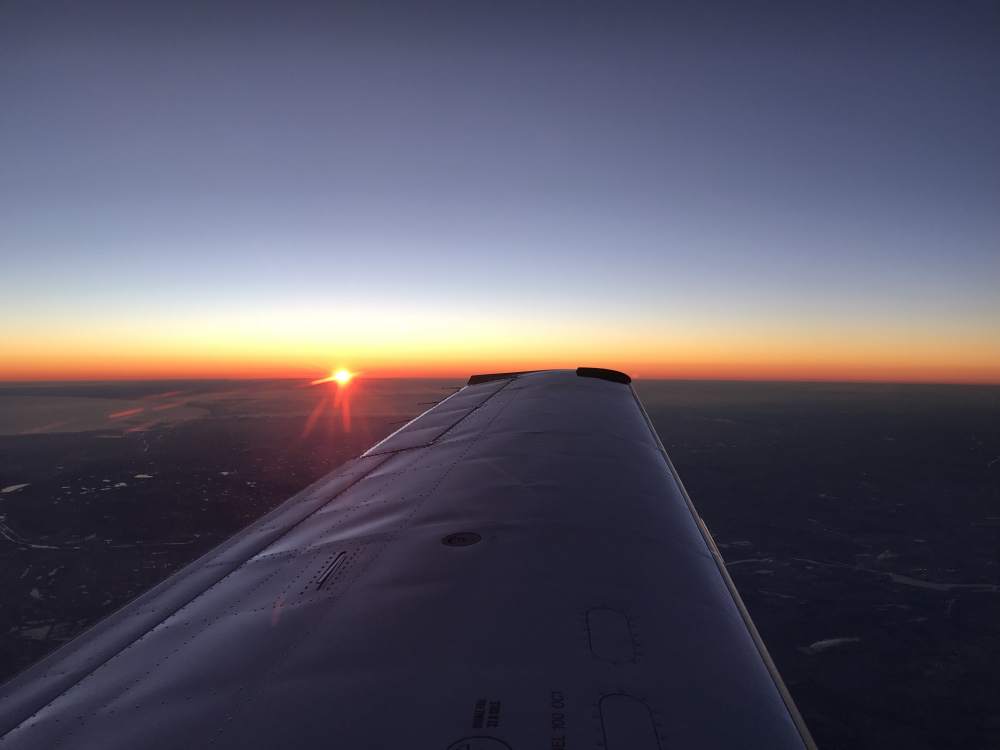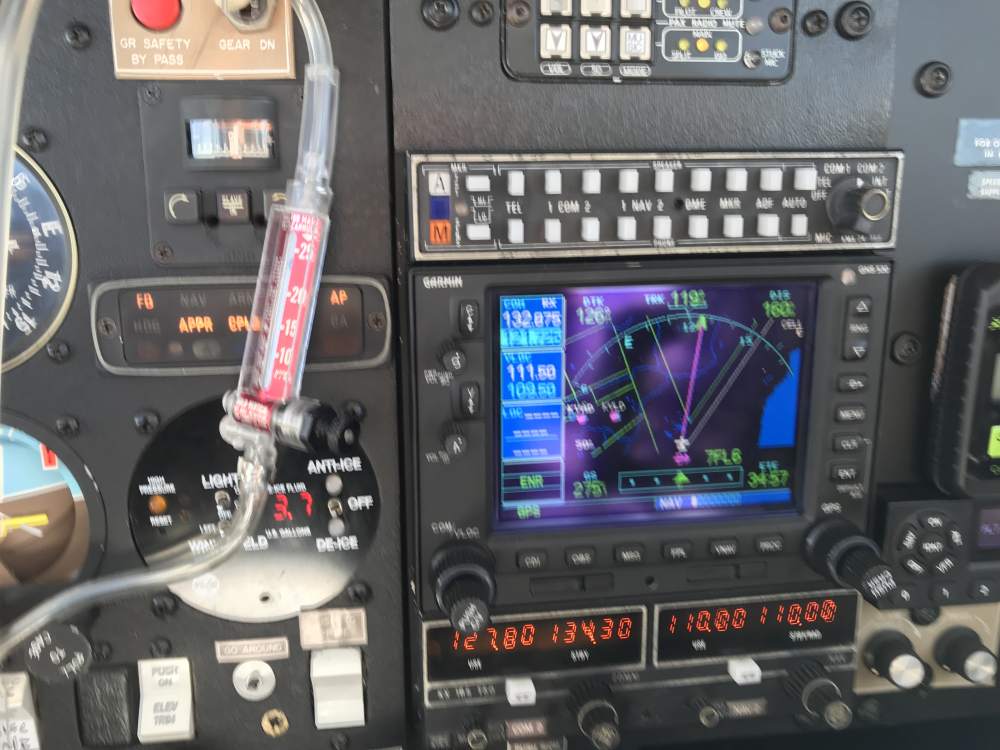Leaderboard
Popular Content
Showing content with the highest reputation on 03/05/2018 in all areas
-
5 points
-
To state the obvious. from my frequent crossings... 1) There is no IMC flying in the Sierras because there is no ice escape. 2) Never fly up a canyon. In fact, in a Mooney there is never a reason to be below the general terrain. Perhaps there may be a peak above you 30 miles away but otherwise you should be well above all that. 3) There is no need to cross ridges so low that you need to do that 45 degree crossing silliness. Just do what SouthWest does, go high. If you're flying a Cessna 150 the story would be different. 4) You may bump your head. Turb is pretty much the norm. -Robert4 points
-
I know a month is too long. When my throttle cable broke, we rescheduled my checkride and didn’t really get any IR practice in for about that long. It showed on the next flight. also, I just realized.... today is the 1 year anniversary of earning my PPL!4 points
-
Hate to say this but your discussion is nothing but a logical fallacy called false dichotomy. You presented these two options as if they are mutually exclusive for which they are not. You can get your plane in tip top condition AND be a proficient pilot at the same time.3 points
-
Checkride is next Sunday. I’ve been flying the wheels off the airplane. Did 2.4 tonight. Honestly, this was the first flight where I felt like i knew what I was doing lol. I didn’t finish up with my shirt soaked through with sweat. I did 2 perfect DME arcs, flew a VOR approach to kcgz for the first time (we’ve always done the ILS) and looked up on short final perfectly aligned. Flew a great ILS into KIWA, a VOR-C into SDL and a RNAV 25L into DVT. My altitudes were perfect, needles perfectly centered, I got my holds right. A few more flights to go before the ride. I’m feeling pretty good!3 points
-
Joe, just plan it out with some fun / interesting stops. I flew ynwife from WV to Yellowstone as a VFR guy with about 200 hiurs in my logbook. It was 1300+ nm each way, and we had three vacations in one: the trip out including a stop at Mt. Rushmore; several days in Yellowstone; and a flight home. There was one unplanned stop each way, a several-hour lunch waiting for it to clear up ahead, and an early stop coming home. It's just a series of short, 3 hour cross countries that ends up across the country. Flight following all the way, except a short spell in the western Dakotas where I dropped off radar at 8500 msl westbound.3 points
-
3 points
-
3 points
-
My E came with the wing landing light. I like the look. The plastic cover on the light is also flush with leading edge of the wing so save for the screws i don't think drag is too bad. Love the clean lower cowling too. I'll take a look at the paperwork next week when i'm at the hangar to see if I have anything that could help.3 points
-
They need to be better equipped and trained in one aspect- We have one MAJOR thing not available to them in the airlines. We can cherry pick our departure times. In the airlines, to a point, if the ticket says a month ahead of time that departure time is April 3 at 2:50pm, then by golly that's what they do. In GA we must learn to be a little bit flakey. I hope to see you in the beginning of April sometime! SO be sure to exert our major advantage which is following the sunshine.3 points
-
We humans are poor at evaluating relative risks: We fear sharks on a fine day at the beach but drowning that afternoon is far more likely than feeling nibbles from a Carcharodon. Richard Collins wrote that if you will make flights in a piston twin you would not make in a single, you're focused on the wrong risks.3 points
-
Use Scheme Designers to get the paint job you like, then use Moody Aero Graphics to cut the paint mask. I did this. Every line on my plane was cut by a computer. No guesswork by a guy with a roll of tape and a magazine photo. I assisted heavily to get the mask on the plane. I have a rather complex scheme and it was about 40lb of vinyl mask. if the windshield has any crazing or any defects such as milkiness or stars when flying west near sunset, change it now. Be very careful you can use 4-4 Cherry flush rivets right back into the original holes. tail gap fairings, ELT antenna under fiberglass dorsal fin. rebuild the cowl, i mean really rebuild it not just slap boat fiberglass resin and hardware store cloth. Ive written extensively about this. Blade VOR antennas. Flush patch that stuff. make it clean. aileron gap seals. antenna farm clean up. full-on wing smoothing, Lets make this into a Glasair III wing. We did.3 points
-
This might be on the level of a "duh" suggestion, but when I taxi on the ramp, I have to go slow, sometimes VERY slow, otherwise the nose starts bouncing. Today I tried taxiing across the ramp back to my hangar, but instead of going straight through, I zig-zagged so I was goin about 30 deg across the orientation of the concrete slabs. Sure enough, it significantly reduced the nose bouncing and I could taxi faster. Turned the bouncing into something more like a dutch roll since the mains were hitting the slab edges at different times. Obviously, that's not a great idea on taxiways and such, and at a towered airport, ground might look at you funny, but just thought I'd share that...2 points
-
Something to look at and learn is to be very aware of what the high altitude wins are doing on the route you plan for each day. Anything at and above 20-25 kts at 10,000' will mean a very rough ride in the mountains AND there will be strong downdrafts on the lee side of the mountains. If your route is west bound and the winds are high you may not be able to get to your cruising altitude. Your climb rate will be low (high DA), maybe less than 400 FPM and the downdrafts can be in excess of that. Just be aware of how the winds flow around and over the mountains. I've been doing it for 55+ years and I give it a lot of respect. DAs up to 8000' are quite doable but you will notice a big difference in performance. Try not to use short runways with obstructions even if the gas is cheap. Getting up around 9500' DA for takeoff turns it into a different world. Don't do it. Check your DAs and go early everyday. There is never a reason to try and out climb a mountain pass. If you aren't well above it before you reach it- rethink your position. The route you show really isn't that bad to do. You can do it with care. You will enjoy the challenge, it will be a learning experience and the trip will keep you interested in flying! You can do it. Its all in preparation and care. I still do a lot of IFR ( I follow roads) in very remote areas. I do carry an InReach rescue beacon on every flight, ready to be activated if anything happens as most of my flights are in remote areas. O2 might be helpful but not completely necessary on your route. I fly a C/D and haven't needed it but a couple of times in 15 years. Think of this trip as several short VFR flights. Use your head, don't push weather and all will be fine. Plan to be back home 2 days before your vacation is over. This way you won't feel pressured into "get home ittis". Even today after 55+ years of flying I have no problem stopping for the night if I don't like what I see ahead. Even after a career in flying, ALL of my flying now is VFR. I find it not limiting BECAUSE I have no problem stopping and learning a new town for a night if I don't like what I see ahead. Remember, the accident investigation generally is the next day in VFR conditions. Also, DO NOT PLAN ON ANY NIGHT TIME FLIGHTS IN HIGH TERRAIN, PERIOD! Without a full moon (and I mean FULL MOON) visible, you won't be able to see the rocks. Unless you always stay above the BIG numbers on the sectional, you will be in very real danger. When I bought my Mooney I wanted to see how safe night time flying was for SE airplanes as I had been on big iron for years. I did a comprehensive study on all the night time accidents for a full decade back in time. In that study I found that virtually all the nigh time accidents (way into the 90th percentile) were nothing more than CFIT, flying into a mountain. Even high time commercial pilots were susceptible to CIT at night. Frankly I don't do it anymore out here in the west. For me its just too risky. Many do, that;s their choice and risk tolerance. I just don't do it anymore. The LAX basin is a real challenge but flight following and a good study of the Class B and C areas will help tremendously. I grew up there and even I have to look at it real good before I get there, whenever I'm out there . Remember. its the journey that you want to experience, NOT the destination. Take your time. Break it into short VFR flights. Mind the weather and winds. Enjoy the journey. Your first long xcountry out west will be memorable. Do it right and you will want to do it again.2 points
-
OK, here goes. Answers are in red. Cruise (LOP) - After a minute of leveling off/speeding up/cooling off, being one of the cool kids, I then go for the big mixture pull to go LOP. I don't linger about the move in any sense, but I've noticed that my TIT reading will go near/above 1700 during the (rapid) transition. By the time I've pulled back to about as lean as the engine will run smoothly, I'm at something like 33-34", 2500, 1550 TIT 11.5-11.7 GPH, flaps closed. Cylinder temperatures are cool as a cucumber - #3 is the hottest CHT at 350, #2 now is the coldest cylinder at 280, EGT's are in the 1400's. I would make 11.5 my power limit. That's 75% power LOP. I would not go over that. Make your setting 11.3-11.5. It does drift a little. 1. LOP or absolute temperatures? I've read @jlunseth's epics on how you really have little to no idea of what 'peak' is b/c of the mechanism of the Merlyn's. I'm also confused whether I should be paying more attention to leaning off CHT/EGT as GAMI seems to suggest or TIT as the POH does. If I'm looking for, say, 50 LOP TIT, isn't that 1650? If I touched nothing else aside from mixture, I could in theory be 60 degrees LOP CHT, 120 degrees LOP EGT and 130 degrees TIT at 34-36". I'm flying as per settings in the other threads, but can't square the LOP temperatures against maximum power settings. According to the GAMI/APS people, degrees lean of the EGT closest to peak is the right way to do it. That said, once you have established a good power setting it does not make much difference what markers you use to get back there. There is a way to determine degrees LOP with a fair degree of accuracy, and that is to do the "big pull" to get over to LOP operations, and once you are there, use the ROP lean function on your JPI. The lean function does not know if you are ROP or LOP. In JPI parlance, "ROP lean function" just means the lean function determines the first cylinder to peak rather than the last cylinder to peak, and if you are already over on the lean side and then enrich the mixture to get to peak, the first cylinder to peak is the one you want. You can determine a peak from that, and then lean back until you are the degrees LOP that you want. 2. Why is cylinder #2 the hottest on climbout, but the coolest LOP? Vice versa for cylinder #3? Air flow changes when you close the cowl flaps for cruise, and power settings change. 3. The engine is rated to deliver 100% power continuously, yet I've been admonished that 12 GPH LOP (which is 78% power) is in the "red fin/red box" and I shouldn't pull that much power LOP. If the temperatures at that setting are essentially the same as above, why is it any different/more harmful? This is the basic premise of the LOP/ROP and leaning issue. Stoichiometric mix is that mix where there is exactly the correct proportion of fuel and air, so that all of the fuel and all of the air is burned during the combustion event. Nothing is perfect, but that is the theory. Stoichimetric mix, however, also produces the highest or close to the highest peak Internal Cylinder Pressure. The fire burns the fastest, in other words. The idea behind leaning is to slow the fire down. The total pressure exerted during the combustion cycle is the area under the pressure curve. That area can be the same or close to the same, with a more moderate rate of combustion, which lowers the peak pressure but spreads the duration out, which produces about the same work but without the high peak. At the peak of the red box, the peak pressure is not only quite high, it is "spiky," if you see it on a test stand. The "spikyness" is pre-detonation, which is harmful to the cylinders. You can slow the rate of combustion down by either adding more fuel, which means that the fire slows because there is insufficient O2 to burn the available fuel (but excess fuel goes out the exhaust), or you can slow it down by leaning the mixture so there is not enough fuel for the available air. Either works to slow down the rate of combustion and reduce the peak ICP. Anything in the 12's in our engine is in that red box at a normal cruise power setting. It may produce lots of power and speed, but it also may produce a top overhaul at 1000-1200 hours. 4. At the settings above, are the other 5 cylinders that are 280-320 CHT too lean/too cool? There is a "normal operating range" for CHT in the POH and the bottom of the range is 250. I would not worry about it if one or two cylinders were below that either. The biggest issue is Oil Temp. To protect the turbo, that needs to stay above 100 dF, and of course it does that by getting heat from the engine, so there needs to be some heat to keep the OT warm. In very cold operating conditions I will go ROP and sometimes delve into the red box just to keep operating temps up, but I mean cold, at least below 20 dF on the ground, and really below 0dF, again, on the ground. It does not matter so much what the OAT is in the higher altitudes, the air does not cool the engine nearly as much. 5. On the ROP side, EGT's/CHT's are relatively even across cylinders. On the LOP side, the EGT difference between #2 and #3 blows out to 180 degrees. Why? The better question is should you care. EGT's are a relative temp only - where does the cylinder peak - they are not an absolute temp. Too many variables in placement of the probe. You should go on the GAMI/APS website and find the instructions for conducting a "lean test," then do it. If your cylinders are not peaking within .5 GPH of each other, then either the fuel flow needs adjustment, or you should get in touch with GAMI and exchange out your injectors so your "lean test" results are in that range. 6. If I accept that my engine is barely able to run LOP in an acceptable power setting, how do I handle a climb say from 10,000 to 12,000, or a strong downdraft? Go back to full takeoff configuration/ROP? Don't climb LOP. Temps will go up too much. I always go full rich, full power, cowl flaps open for any prolonged climb. If a climb is 2,000 feet or less and you are at cruise at the start of the climb, your stored momentum will help get you up to that level without changing your cruise power setting and without temps escalating too much. So for short climbs I just leave the mix alone and do the climb, then let the aircraft restore to cruise speed. The other thing to be aware of though, is that even a 2,000 foot climb will change ambient pressure enough that you will need to readjust your MP and maybe your fuel flow setting. As you know, the Merlyn does not maintain a fixed MP if ambient pressure changes. Descent - I pull back to 20" MP, which zings me back to ROP and a low power setting. I have to richen things a few turns to get to peak TIT for descent, but everything seems to generally cool gradually and be happy. Actually, if you are LOP and pull back to 20" the interlink between MP and fuel flow in the TSIO360 tries to maintain the same fuel/air ratio, in other words, it brings the fuel flow down also, so you are probably still LOP, maybe fuel flow is 7 or 8 GPH. But you don't care either, you can make any mixture setting you want so long as you are at or below 65% HP. The ICPs are not high enough to be of concern. You can operate at peak below 65 if you want. If I am cruising at a LOP setting I just pull off an inch or so of MP, leave the fuel setting untouched, and tip the nose over into a 500 fpm descent rate. The increase in airspeed/ram air brings the MP back up pretty quick, and the engine is not working as hard because you are going down hill. Airspeed will pick up nicely. Obviously if you are going to penetrate convection or turbulence during the descent you are going to want to slow down, but mostly I just go fast downhill. Cruise (ROP) - "these engines are just too cattywompus/untuned/etc." you say - just fly ROP. In my last flight, I was stepped down to 6000 and then had to cruise for 25-30 minutes at that elevation. Given that I've already put myself ROP from the descent above, in my mind, I'm basically flying a normally aspirated plane here. At full rich mixture, however, TIT increases pretty quickly at relatively low MP. Anything above, say, 25", results in a TIT getting near 1600 (at 2500 rpm if that matters). CHT's/EGT's are all 340-350/1400's. IIRC, I'm indicating about 12.5 gph. Again, you don't care what the fuel setting is at 25"" because you are below 65% HP, but I would lean the mixture out just to avoid clogging the plugs. I would not run full rich going down hill, you're throwing fuel out without needing to. 1. Why does a setting of say, 29" MP result in an unacceptably high TIT, but 36" (takeoff) not? If I was in a normally aspirated plane, the engine would be able to pull 27" or so, so I'm barely asking the turbo to do anything. Because your fuel/air ratios are different. If you are 29" and a LOP fuel setting in the low 11's, that's different from a full rich setting at 36", but even if, say, you start at 36" and full rich, and then pull the MP back without touching the fuel flow, the fuel flow is going to drop and the fuel/air mixture will change. That's again because of the interlink in the TSIO360 between MP and fuel flow. Change one and it changes the other. I am not sure of the mechanics of it, but nearing full power in the TSIO360, the fuel flow is bumped up faster than at cruise settings. Conversely, it drops off faster if you pull the MP from a full power setting to a lower setting. The fuel/air ratio is leaner, which results in the higher TIT. 2. Is "full rich" rich enough in this context? See above. I would not recommend 29" and full rich for climb if your TIT is going too high. 3. What's the best way to keep the TIT cool in this situation? I don't have any more red knob to add, and feel like I should be able to get more power out of the engine ROP without making my turbo melt. More MP. If the engine is set right, you will get a jump in fuel flow and the engine will stay cool. Do open your cowl flaps. 4. If I'm having this issue at 6000, would it be worse at higher altitudes with less dense air? If so, how the heck am I supposed to get up to said higher altitudes if LOP barely works and ROP is too hot TIT? Temps are always warmer and cooling poorer in higher altitudes, that is a truism. Don't climb LOP, that is an NA maneuver, it is not a good thing in a turbo. Climb full rich, full power, cowl flaps open. You will have to adjust MP as you go up because ambient pressure changes and MP will fall otherwise. Oxygen System - I had occasion to use the onboard oxygen system last night for the first time - a night flight at 12k. I have two of the Oxysaver cannulas, plugged them in, and rotated the oxygen knob "on", and lo and behold oxygen came out. 1. How does one 'set a flow rate'? The ball in the little meter showed "20,000 elevation", but rotating the knob is almost a binary function - either the ball was at 20,000, or it immediately fell to 0. Mine is the same. More binary than anything, and I don't find that the "Oxysaver" settings on the meter work. Not enough O2. I use the regular, non-Oxysaver settings. 2. I consumed about 1/3 of a tank in 2 hours with 2 passengers. Is that normal/acceptable? About right, maybe a little high, you can dial it down but if you are not feeling right you need to keep the O2 level up. Go to the drugstore, buy a cheap oximeter. Use it. Keep your percent O2 at or above 96%. Less than that and you are moving into hypoxia. 430W annoyances 1. I'm using the calculator on my 430W's "AUX" page, and at the cruise settings highlighted above, I'm usually somewhere around 170 kt. TAS. I flew back and forth to PHX from SoCal last night, and head/tail winds were forecast to be about 30kt. Going East, GS was about 200 kt., as expected. Coming back West, GS was 120kt., rarely exceeding 130kt. If anything, the storm/winds were dying down. While it's possible the winds were simply stronger than forecast coming back, I've had the same phenomenon seemingly every flight heading West, where TAS - expected wind > GS. This, obviously, could just be psychological, but I don't remember having the same issues in my previous planes. Forecast winds are rarely truly accurate. I get winds aloft on a display in my aircraft and the headwind component based on the difference between TAS and GS, always seems different from what the display is telling me. The forecast winds aloft also often change direction especially over a lengthy route of flight, when they do that the headwind component changes even if the wind speed does not. 2. I've flown behind 430's almost since beginning of my flying career, but this one hasn't been updated in quite awhile and the firmware is old (v 2.3?). If I change a field, say, to display the VNAV or cross-track error on the main screen, it doesn't save from one power cycle to another. Is this a firmware issue, a battery backup issue, a configuration issue? Power cycle? You mean, if you turn the unit off and then turn it on again those changes don't save? The VNAV does save on mine. Let me be clear, if I use the menu function to put the VNAV on the primary navigation screen, then that change saves. If I have gone into the VNAV calculater and put in waypoints, distances, etc., I don't think those save. I almost never use the cross-track feature so don't know that one. Could be the firmware. Fueling annoyances I have a fuel totalizer and use it. Since you never really know how much the line guy put in, error will build over time. Trying to get a visual indication of how much gas is in the tanks is absolutely befuddling. I have tip tanks. The main tanks have those amazingly annoying anti-siphon valves. To make things even more strange, I'm not convinced that my tanks are symmetrically installed and/or the baffles are equal. For example, one main tank will be filled to the anti-siphon valve, yet (what I think) is an equivalent amount of gas in the other wing has the fuel level far below that, with more apparently having sloshed over to the tip tank. The cockpit fuel gauges will burn down to about 25 gallons indicated (on both sides) and remain there for a long time whilst burning off the fuel in the tip tanks, and then descend from there. I know that the answer here is to drain everything and put in a known amount of gas to have some totalizer certainty, but how do other owners do a visual fuel level check? How do you fill the tanks? What is full? What does a full main tank look like? If I (in theory) had empty mains and filled the tip tanks, how long does it take for the gas to drain down to the mains? If you are going on a long trip and really need to have as much fuel in the tanks as you can get, go out and help the line guy fill the tanks. They almost never get it right with the anti-siphon valves. You can have fuel sitting on top of the valve and it looks like the tank is full, but empty space under the valve and you are 8 or 10 gallons short of full. The line guy has got to use the fuel nozzle to hold the anti-siphon valve open. You should "waggle" the wings as he does that, to move air in the top of the tank to the fuel hole so it can exit and be replaced with fuel. Do that, then set your totalizer to whatever the gallonage is for full tanks in your plane, and you should be at a good number. My gauges do the same as yours, the gauge is probably good, but the senders in the tanks will stick and then move. You can have them rebuilt (the senders) or replaced, or just put up with it. Full, to me, is when the anti-siphon valve has been held open, the wings have been waggled, and the fuel is up to the top ring that the fuel cap fits in. I am told it is supposed to be to the anti-siphon valve, but that is not full capacity in my tanks.2 points
-
2 points
-
2 points
-
2 points
-
My experience is owning and operating five twins and ten singles over the last 25 years. I currently own both a Mooney 231 and Baron B55.2 points
-
First things first, your takeoff FF needs to be turned up to at least 23.5, 24 is better. TIT on takeoff shouldn't be over 1400. This should be done before you fly the aircraft again.2 points
-
Skip and I checked out his foreflight W&B yesterday. He still needs to adjust it to his specific plane, but we got the bulk of the problem figured out. Foreflight had everything in feet, but his entries were all in inches.2 points
-
Okay Kyo, I posted as you requested, but now that I look at it I don’t think it will help. I made progress when I simply deleted the entry I had and started over with the tail number. If you will delete whatever you have entered and start over following oldguys instructions I think you can get it to look like mine. hope this helps2 points
-
1 point
-
I think we should hold our insurance agents to a higher standard. They should guarantee that they have found the lowest rate. If we find out later that someone got a lower rate we should demand a refund. It should be no different than a PPI.1 point
-
Wow nice, i hadn't seen that model before. I have a separate 28v power unit that I plug into the GPU port when I do avionics update, etc. But I see that this would do that also plus charge a battery in a fraction of the time if needed.1 point
-
Sorry for the delayed post... Been towing the weather here turned real ugly last night.... Thank you to all that posted. I am going to check into a couple of routes. As for the bike I love traveling by MC. I have a 08 Road king that has been to Laguna Beach CA, Montauk PT NY, Seattle WA, Galvaston TX, and even Canada by the international peace gardens. However now that I have a plane it seems that I should be using the hell out of it! If Weather is not getting in the way being VFR, it is work or family commitments and its getting old. My concerns are that being a low time pilot flying where I do, I have less practice getting into and out of the really high traffic areas. Fargo, Bismarck even Minneapolis are not hard to do. The New York trip I made last summer was a blast but I was mentally exhausted afterwards. I need to have a reason for trips I hate just flying, it was the same with the MC. If I took the bike out it had to be a minimum of 250+ miles. I feel like if I am going to get the plane out and ready it needs to go and go far not puddle jump. I hope to post a picture of the new toys I bought tomorrow if all goes well with UPS deliveries. They should make flying a little more fun The other issue is getting my IFR ticket. That is key to traveling but I am finding that to be more difficult than I anticipated. Sometimes this plane thing seems to be more of a job than an adventure or enjoyment. I just have to figure out how to balance all of this.1 point
-
Just went through Falcon for USAIG at the end of Jan. $1MM smooth, $165,000 hull, $2,178 (within $100 from last year). $1,250 for similar coverage is a screaming deal. William1 point
-
I cross the Sierras at 14,00-16,000 feet in my F all the time at gross. Takes a bit to get their but its no problem. I generally use whatever route is direct moving around TFRs and hot restricteds. -Robert1 point
-
1 point
-
There was a study done once at COPA - which is the Cirrus owners group parallel to this one the Mooney forum, that by the study anyway that those participating actively in the forum had crash statistics four times better than the general population of Cirrus owners. Now this alone does not say that the mere act of participating on a forum will improve your statistics since it is a correlation study which cannot distinguish to causation, since it is likely the kind of personality that goes out of the way to participate in a forum like this also carries the traits of a better behaving pilot....but in any case, here I am!1 point
-
The guy who tunes up probably more Mooneys than anyone realizes that he also needs a tune up. Far too often we spend countless $$ and time on the mechanical health of our flying program only to ignore the most critical piece of safe flight, ourselves. Dmax, Ill see you soon!1 point
-
I just put two new cylinders on my IO360 and running Aeroshell W100 mineral oil. The pressure runs at the yellow line if you add full power before the oil temp comes into the green. Once the temp is up the pressure runs at the top of the green band in cruise. 6 more hours of break in for those two cylinders and I will go back to Aeroshell 15/50. BTW: the engine has 2200 hours total time since overhaul!1 point
-
This looks like a great trip and I don't see anything to be concerned about. Your F should easily do 16,000 if you had to. But it will certainly cruise between 13K and 14K. I flew all over those mountains in my M20C and you've got 20hp on me. As @carusoam and @Steve W have said, fuel is a huge benefit but can also be a liability. I always think twice about how much fuel I take onboard if I'm at a highish altitude airport on a high DA time/day. So make sure you've got enough runway and terrain clearance to get off the ground for the load you're carrying. Secondly, having plenty of fuel gives you options. You can easily divert around the mountains to stay over the valleys. You can divert around weather, turbulence, etc. The efficiency of our Mooneys often gives us options that other airplanes could never have. Flying VFR is nice in that you can follow the terrain. I would flight plan the best route I could for terrain, but once in the air and looking around, you can find ways to cut corners safely because you can see your actual options. Flying in the mountain west is fun because you don't just go in a straight line. The terrain has something to say about it.1 point
-
The cycle is continuous... the large tank that starts as the high pressure source, becomes the low pressure source on the next refill... Problem solved for today, but passes the buck for the next time through the cycle... Something to think about... 1) The middle tank gets emptied accidently.... 2) the CB pilot is only allowed one refill... 3) what does he do to get the most mileage out of the system as it stands....? 4) I (being a certified CB) would seriously consider the following steps.... use the big tank to refill the emptied tank the best it can. empty as much O2 out of the big tank as possible, including filling the ship’s tank to the highest level possible.... Finally refill the big tank to it’s highest practical pressure. cycle restarts... wait until the big tank’s pressure is too low to be the top of the cascade. swap it’s position to the middle. now a slightly smaller tank is doing the duty of the top of the cascade. Less than ideal, but not imperfect... 5) For the non-cb... go refill both tanks and start the cascade cycle anew. equilibrium will occur over time.... You always refill a tank that has some O2 left in it.... no way around this unless you just allow it to escape... Engineer=practical scientist... Best regards, -a-1 point
-
1 point
-
1 point
-
My printer is not precise enough for such things as beveled interference fit parts (just a little $100 cheapo kit printer i picked up last year to see how it suited me), but I am familiar with the technique. I'm actually amazed that the fixture fit into the trim plate with no cutting needed: Usually i end up with ODs a hair too big and IDs a hair too small on printed parts. I just made these a one-to-one fit: The polygon object i used to cut the center hole in the plate model became the fixture model. As for additional finishing: I may sand the plate. It's very thinly printed, though. Not much material I can take off it.1 point
-
Actually I post 160 KTAS in my 231 at 10,000 ft and 9.0 GPH in cruise. But I climb out at 800 FPM and 25-26 GPH in the Mooney. In the Baron I climb out at 1500-1600 FPM at 35 GPH (17.5 GPH per engine) and cruise at 180 KTAS at 20 GPH (10 GPH per side). Overall in a given year, 200 Mooney hours is pretty close to 175 Baron hours. The math had been posted previously. I have routinely said going from a single to a twin is 50% more expensive, not double nor four times as has been suggested by some. I have a non-equity partner with significantly less ratings and experience than me that determines the price I pay for insurance, but he pays half the ongoing expenses so it is a good deal for both of us.1 point
-
I want this mod more than anything. Wing-mounted lights look downright sexy on final1 point
-
The topic has been covered before... Not sure to what level though... Expect searching will provide some costs associated with the install. The benefits for night flight are tremendous... Using LED lights is great. Best regards, -a-1 point
-
1 point
-
MS has a few threads covering topics in various levels of detail... Several cover continuous education, like getting the next rating.... Many cover prominent and not so prominent accidents... my favorites are the ones that have a positive outcome... Reading MS, you may find a new way of thinking about the challenges of flying... or new ways of understanding what the FAA has been telling us for a while... Another favorite of mine, how to take all this knowledge and put it to practical use.... Have you seen @DanM20C cover the flying issues related to CO? How to measure CO levels in the cockpit? That kind of thing...? Then there are the tough lessons, we learned early on in primary training... but, for some reason didn’t maintain the importance of... Patrick taught us... to know before you go, regarding density altitude and available runway length. College level flight training, with two similarly educated passengers on board... Canopyman reminds us... engine outs will occur, landing straight ahead has a better chance of a survivable outcome than turning back towards the runway. A couple of pilots have reminded us regarding various ways of running out of fuel have the same challenge but various outcomes. How about power on stalls in a Mooney? We have a guy... he detailed what and how it happened... few have better or more training than he has... Most around here agree avoiding ice, thunderstorms, VFR into IMC, and running out of fuel takes a combination of hardware, planning, and strong decision making skills... Then there are the few that have reported engine out and not many good choices ahead. Slow down, get down, avoid hard objects, if you have a choice stay to the right.... broken wings are best on the left side... Set your minimums and stick to them. Make adjustments when necessary. Adjust your minimums as required, know the brain can fail miserably when it does fail... Plan how to overcome mechanical, piloting, and brain failures... always have a plan B, C, &.... If you want to get some good training...and meet with some Mooney pilots in person... consider MAPA training... What we don’t know about the C150 flight over the lake... how frozen is that lake this time of year? How prepared was the pilot? Dry suit? Raft? Extra portable radio? On a flight plan? In contact with ATC the whole way? PP thoughts only, not a CFI or mechanic... Best regards, -a-1 point
-
And that guy was proof of a principle that goes like this. 90% of the risk is concentrated on 10% of the people. Our job here on this forum is to work hard to do all the right things and to try and not be one of those 10% of the people. Those 10% do dumb things like loading bad CG over and over and getting away with it until...one day they don't. They run out of fuel over Lake Huron. They fly into ice and then tell people that their plane is pretty good at carrying ice as if that is a strategy for handling ice - so they fly into ice again and again until...one day it doesn't work out. They buzz their girl friends house. The do ifr approaches below mins. They run their engines with known deficiencies to save a few bucks. They fly into thunderstorms since shooting the gap works out ok a few previous times. And on and on.... Dont do those obviously stupid things and already your personal statistics will be quite a bit better than the average GA stats. (Make your conditional probability of an incident given you don't do any of the above < the probability of an incident of a member of the population selected at random). So Ill say again that the general stats include a few really major yahoos. Don't be a yahoo. After that, it takes a bit more work to lower your personal stat conditional probability a bit more, but again its worth it. Train hard, make good decisions, spend lots of money to maintain the airplane in tip top shape, read online forums and read faa circular materials, and aopa stuff too...1 point
-
..and to prove things do go wrong. A few years ago a local guy was crossing Lake Huron in a C150 at 2500 ft I think when he had an engine out. Long story short he actually survived after 17 hours in the water over night. Luckily he had that one-tough-dude thing going for him to make up a bit for the what-the-heck-were-thinking problem. Flying west from Watertown, right where he went down was right where many of us suspect that plane had max range.... http://abcnews.go.com/US/crash-pilot-survives-17-hours-floating-lake-huron/story?id=141730801 point
-
Just pulled the trigger today. Getting my TXi installed at the end of this month. Lots of things to configure, as I'm also getting the engine monitor EIS as well, but apparently this is very configurable and customizable at install. Ill keep you all posted.1 point
-
I guess I don't know if the doghouse was still being used when my '66 was built. I've only had it 6 years. It got the ARI mod 20 years ago but I don't know the history of the baffling though the front has never been well sealed. We finished putting on the cowl parts today. It was too windy to go flying and it was about 5:00 but I had to taxi around the ramp for 20 minutes and take a few pics... I'm fired up!1 point
-
We got an early start to Florida this morning. We got off at 5 AM and landed at Milan TN before 8 AM. Spent some time with Brad, owner of the paint/body/ interior shop making decisions on a ton of questions on my Lancair. We were off before 9:30 and landed at Spruce Creek FL 2 1/2 hours later. At least we saw some tailwinds this trip down. A couple pictures near Chicago as the sun rose and a bit of tailwind on the TN to Florida leg. Tom1 point
-
I towed banners and it is dangerous. Had a few planes go down in my operation. 1 died. This was over 2 seasons at the Grand Strand.....some of my best flying memories though. I was a 91 corporate pilot for years and gulfstreams all the way up to the GV, also flew 135 charters for almost two decades. Airline flying now and although boring take the pain in stride with the TSA etc and you can have a much better paycheck and retirement and benefits and actually get time off to do your own things. My only regret is that I did not pursue the 121 stuff fast enough. TSA is not bad now with known crewmember. If you get on with the right airline and have seniority you can do what I do,,,,fly 12 days straight in international ops and then rest of month off and no passengers.......my only real dilemma today was to decide what to eat for breakfast....fishhead and squid soup or French toast and cereal here in Taiwan. The rest of my day will be spent in first class travel while someone else drives. Good luck........1 point


.thumb.png.7c67574d7b28f67b0b4a17760919b1ac.png)



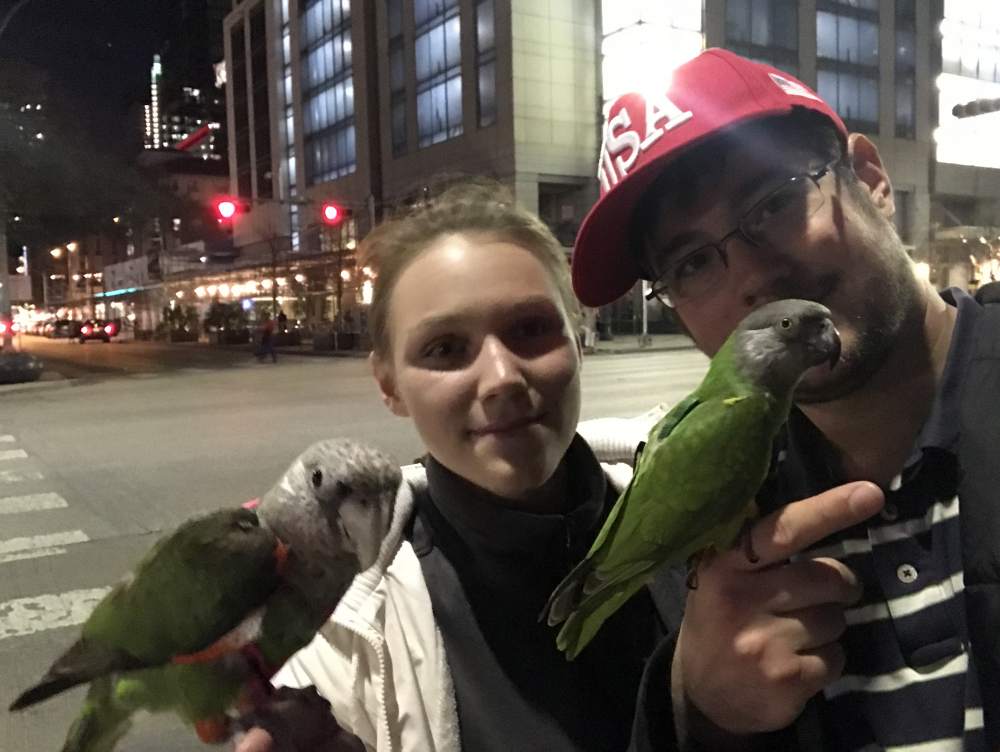
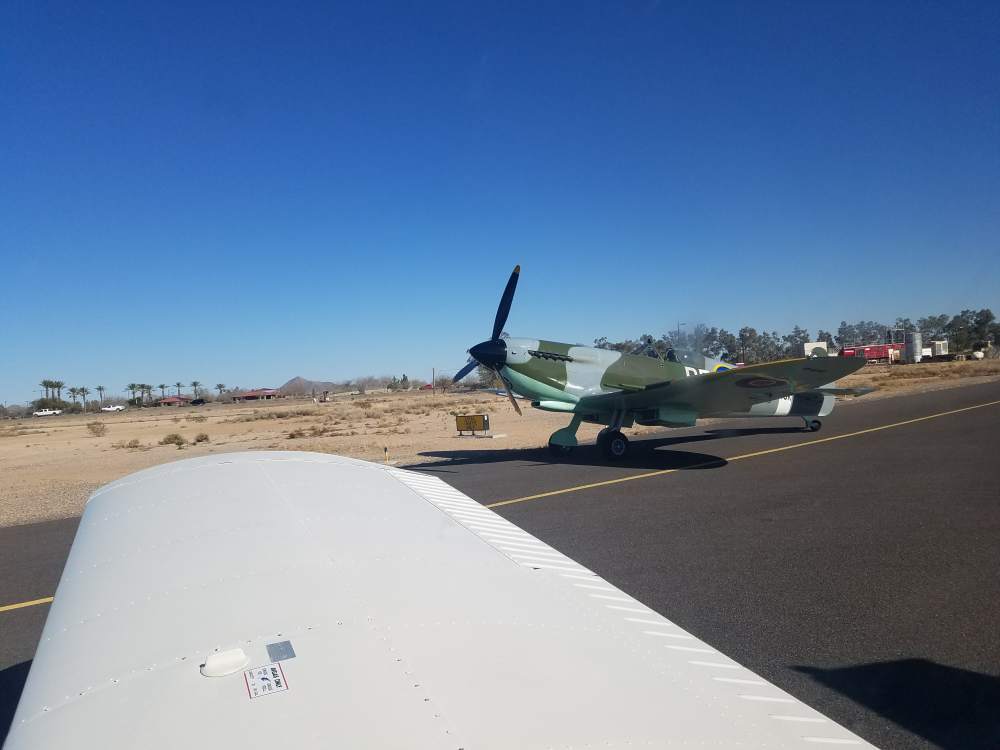


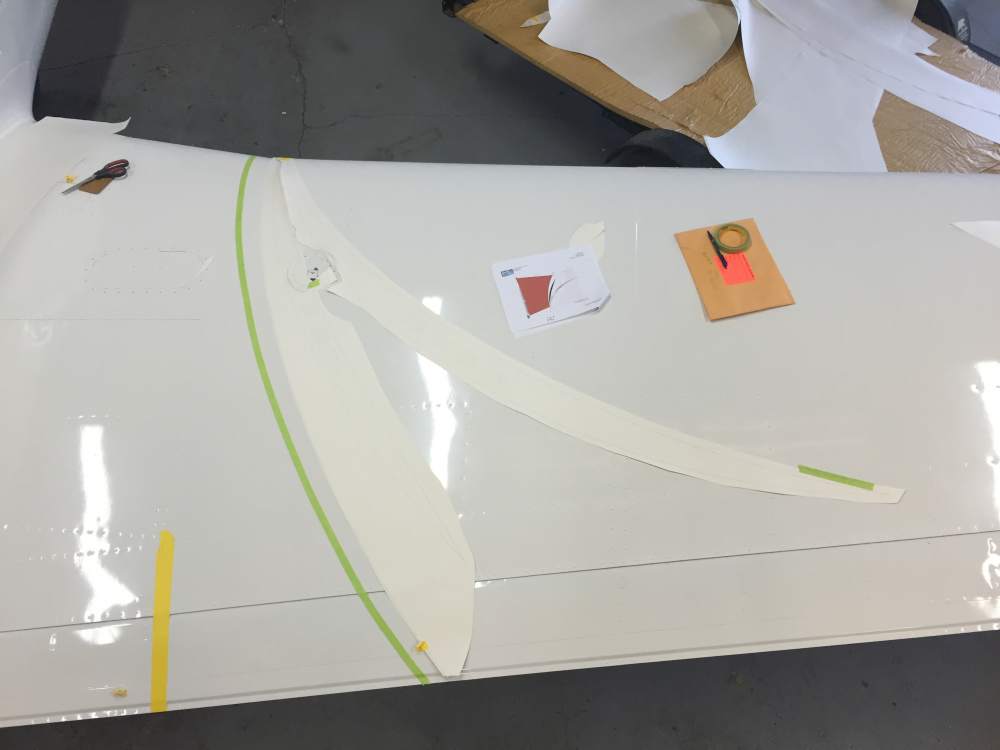
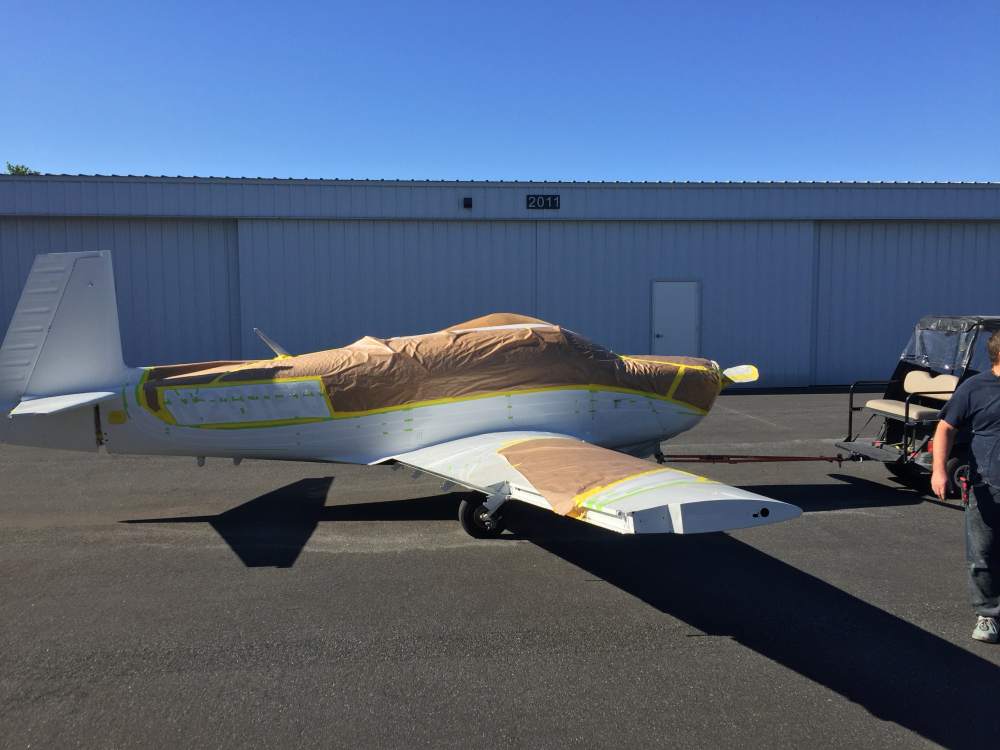

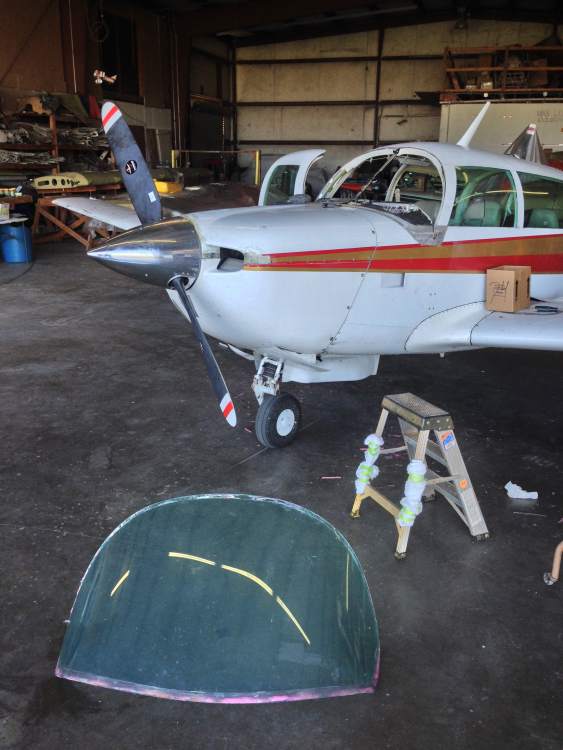
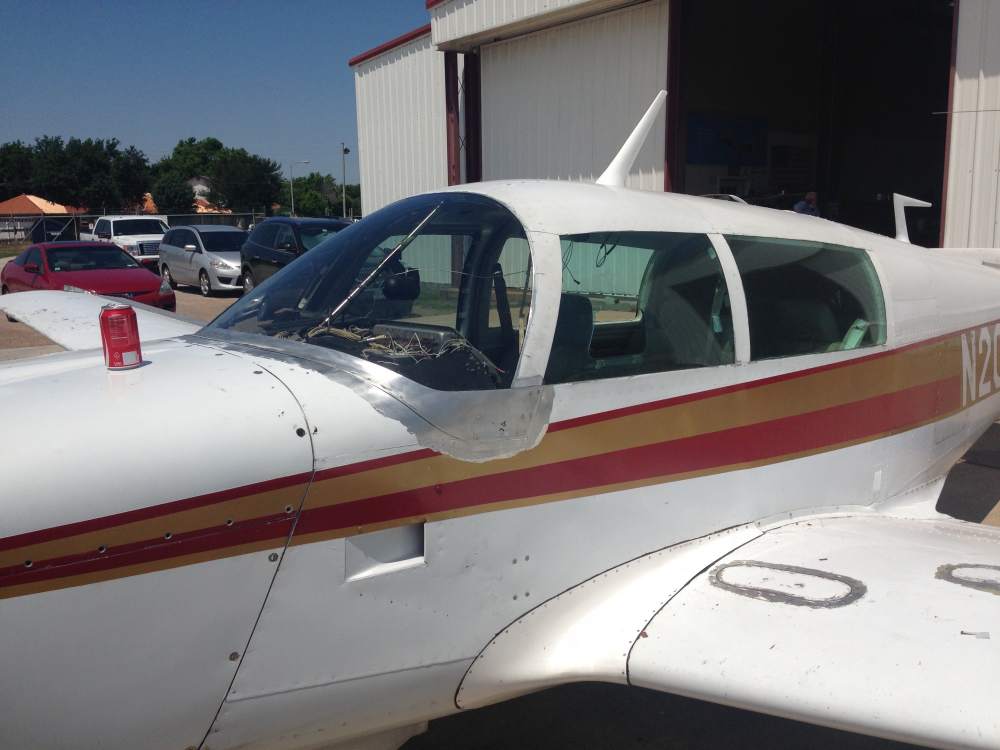
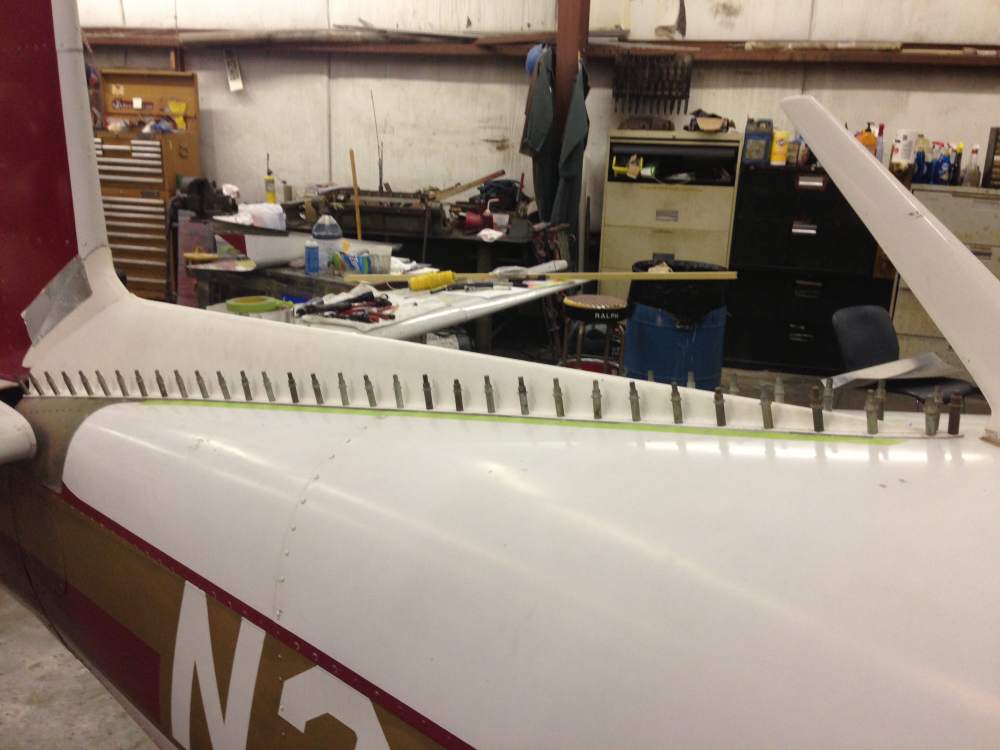
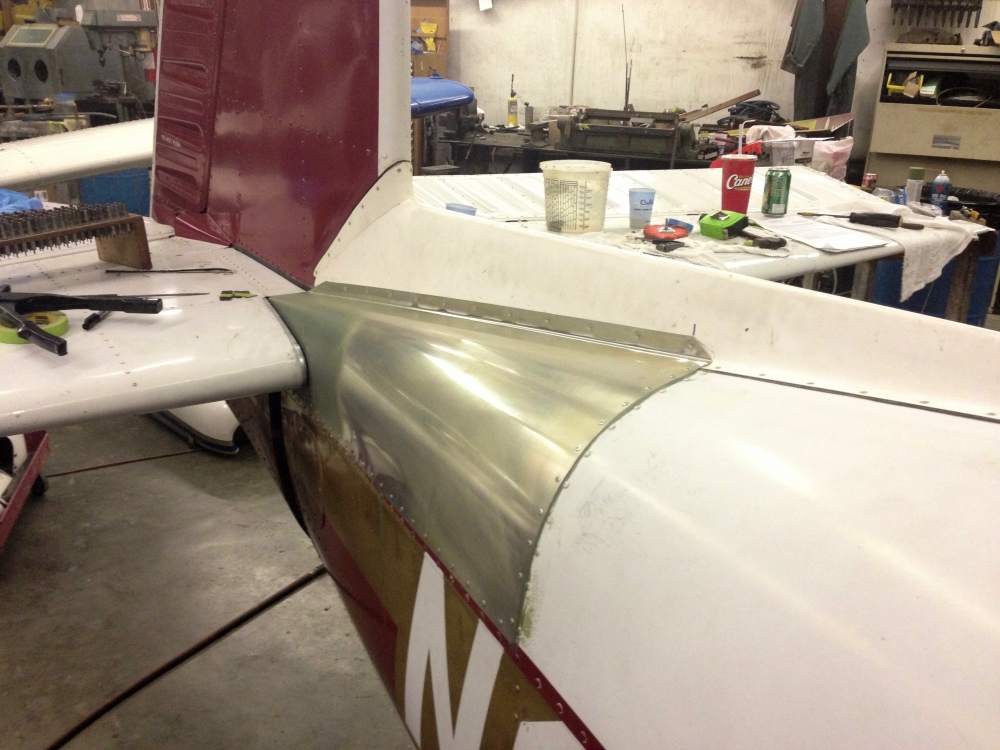
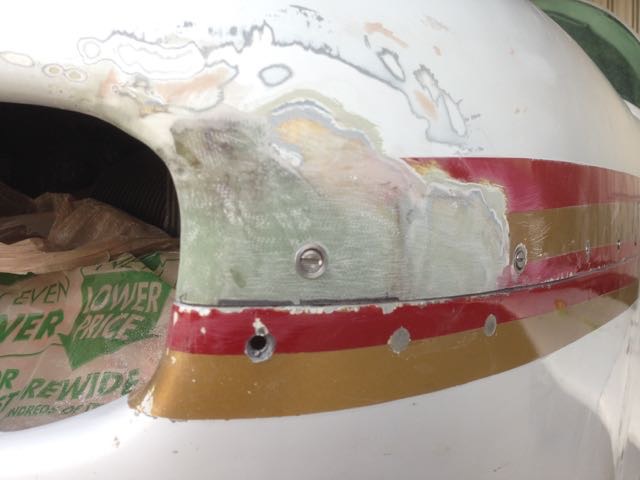
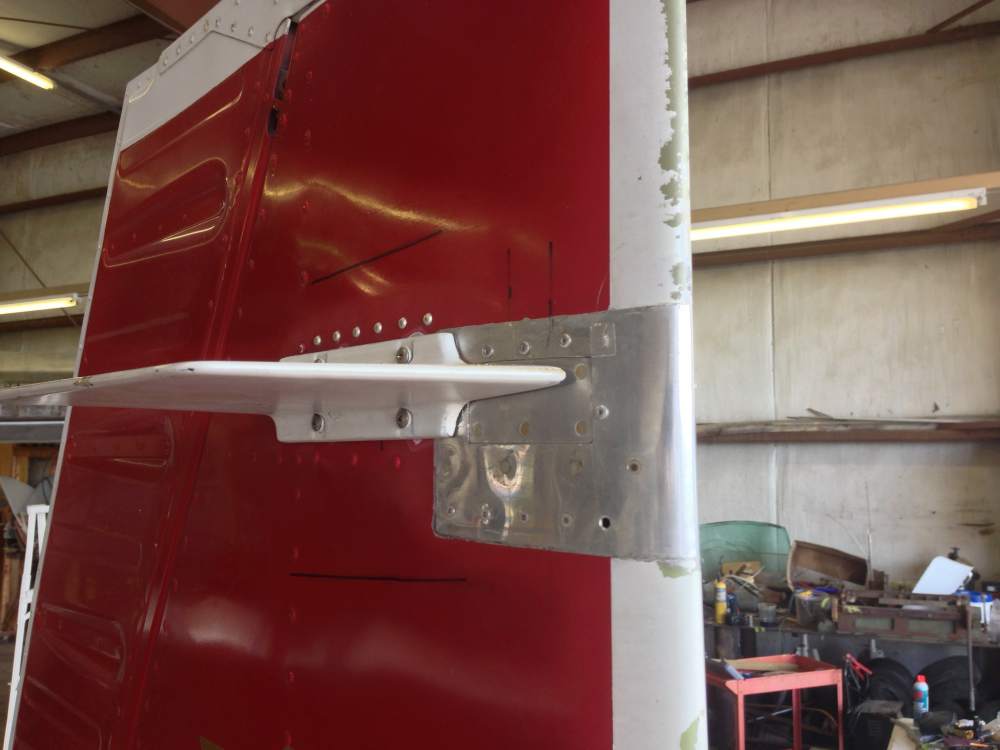
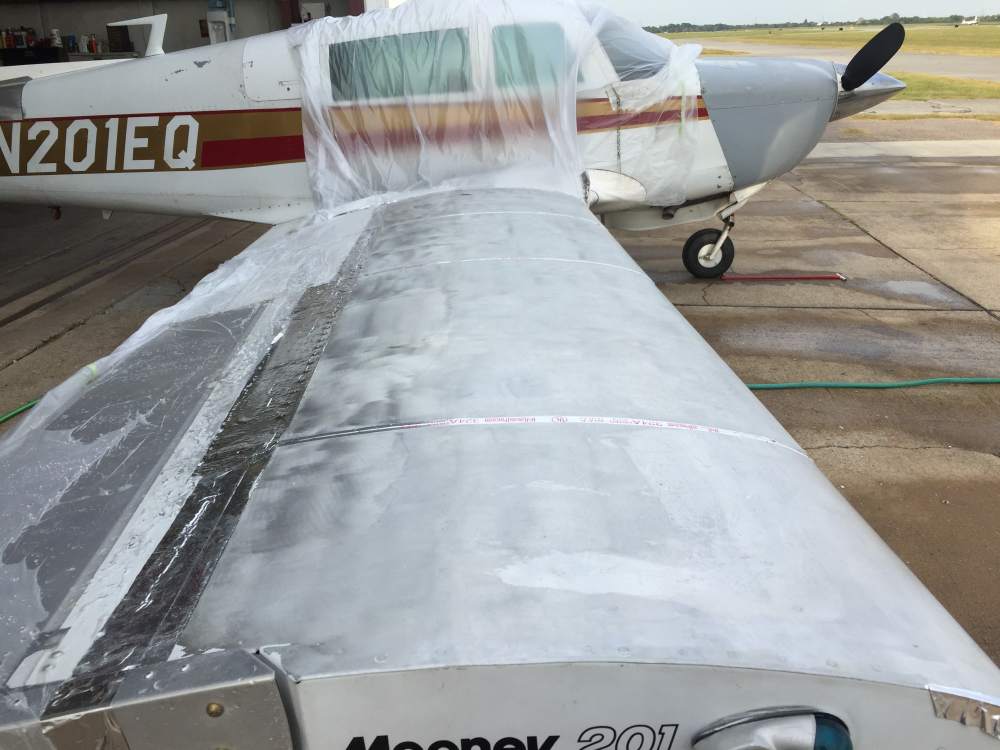
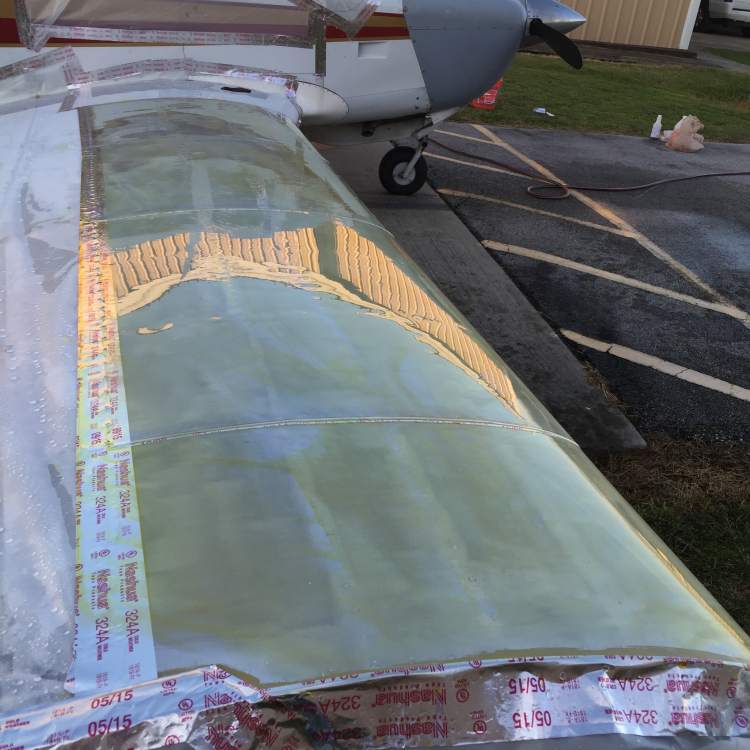
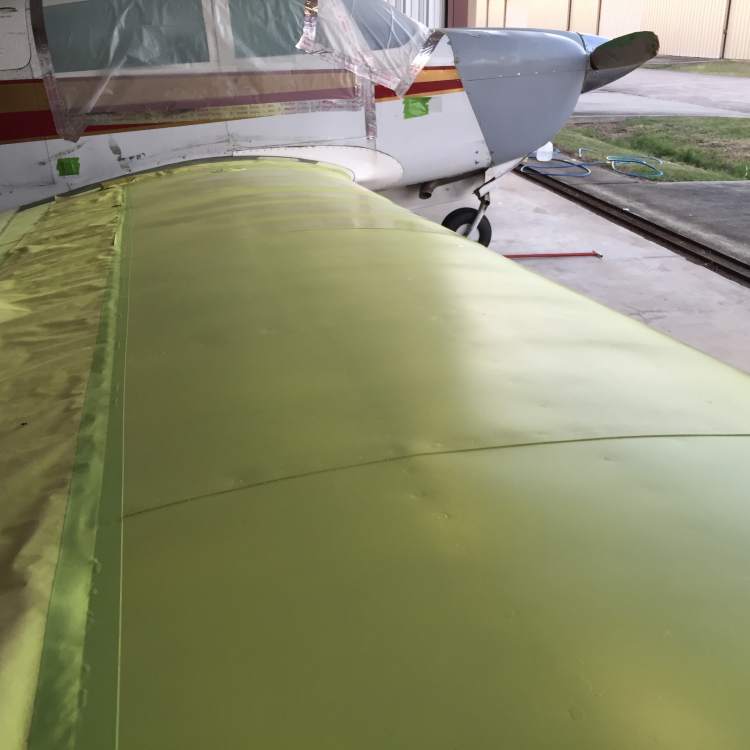
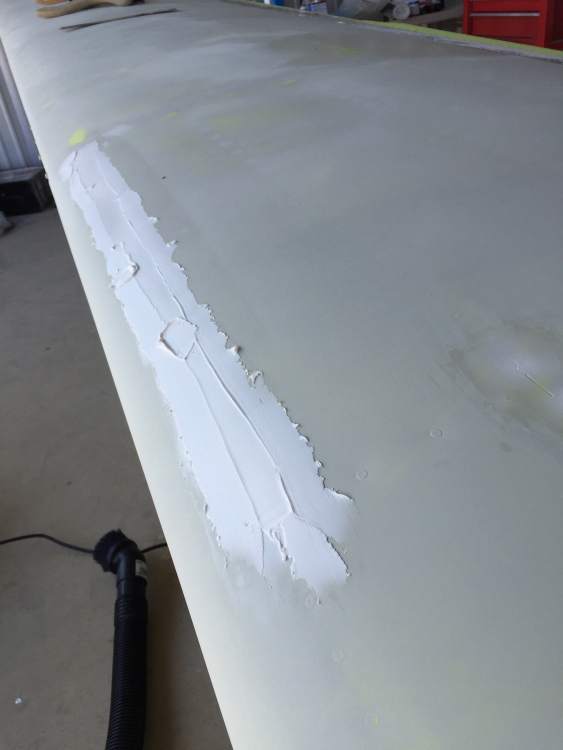
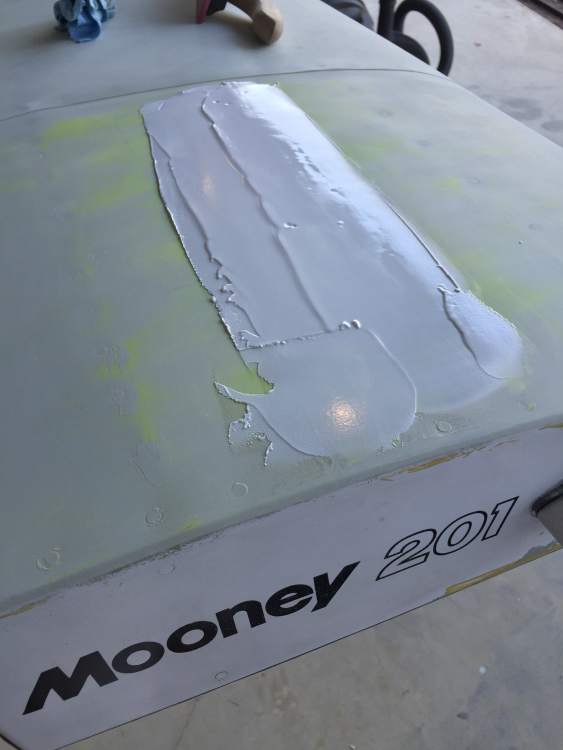
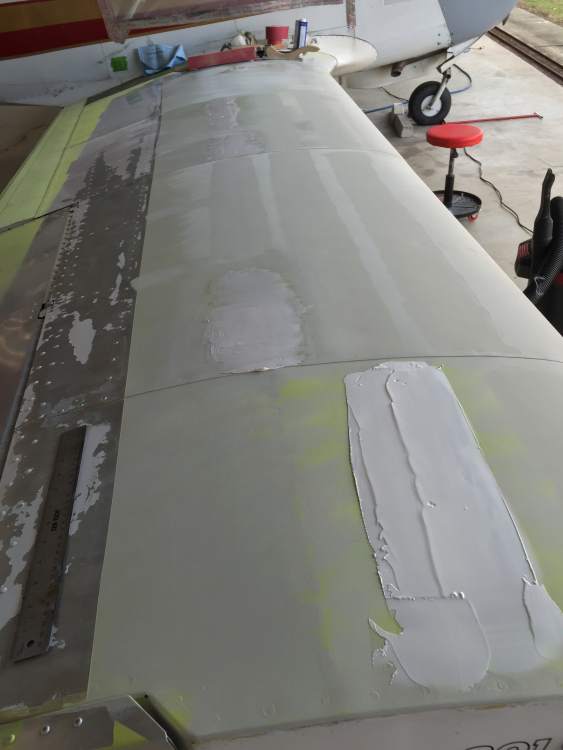
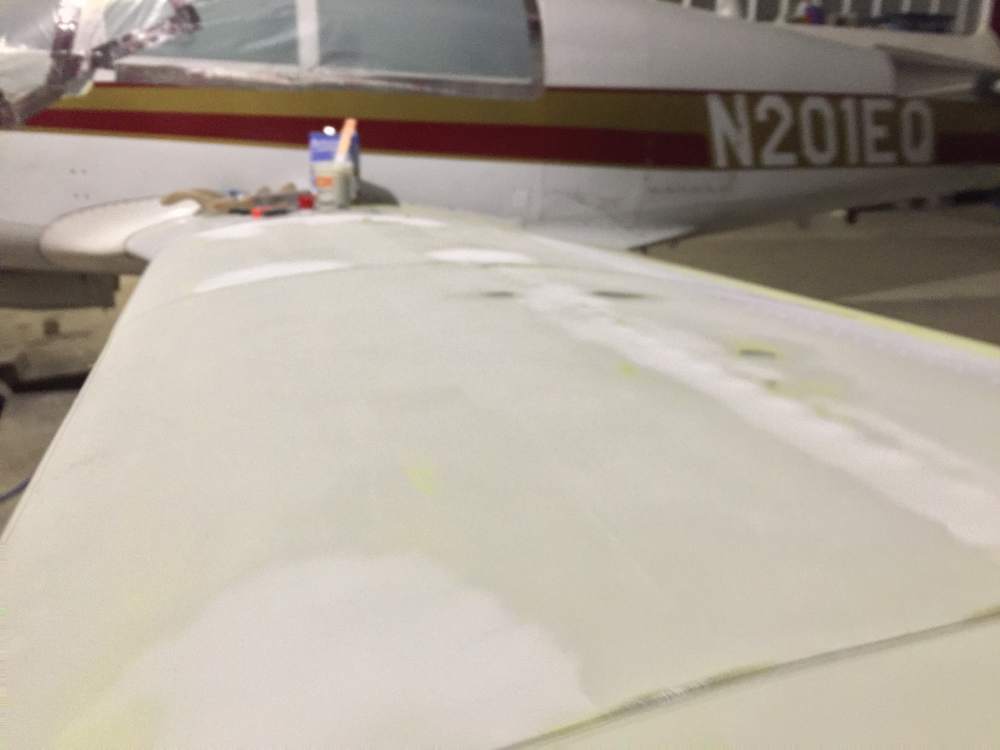
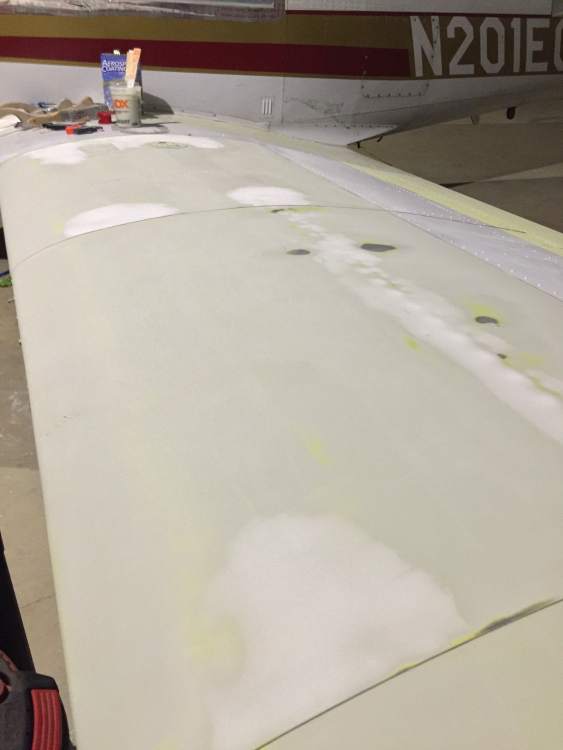
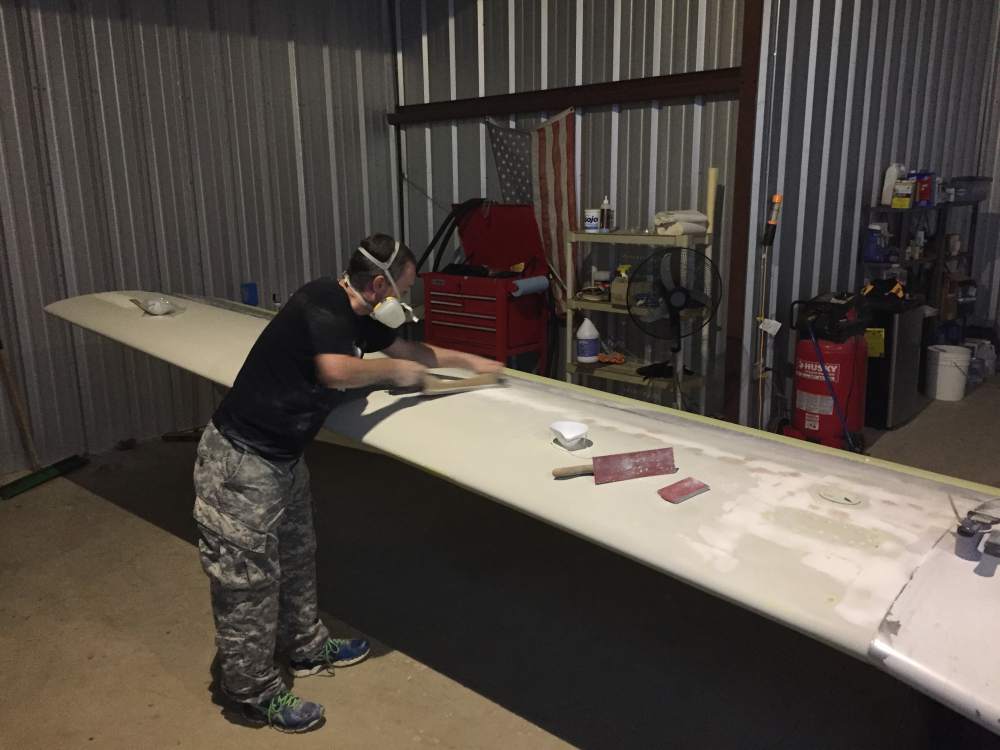
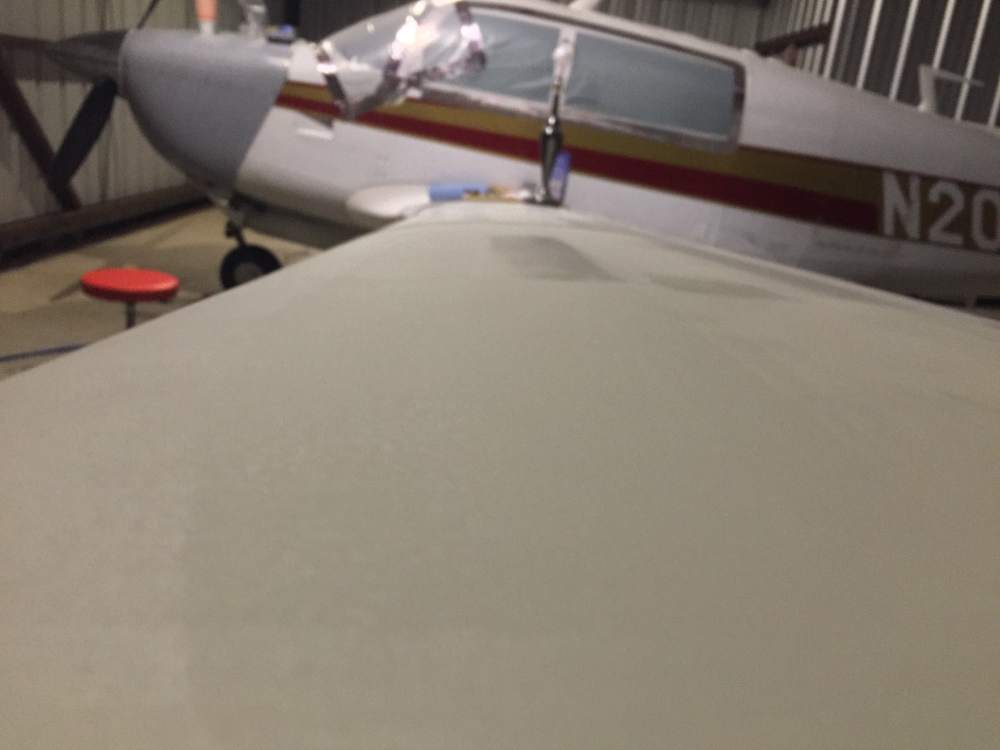
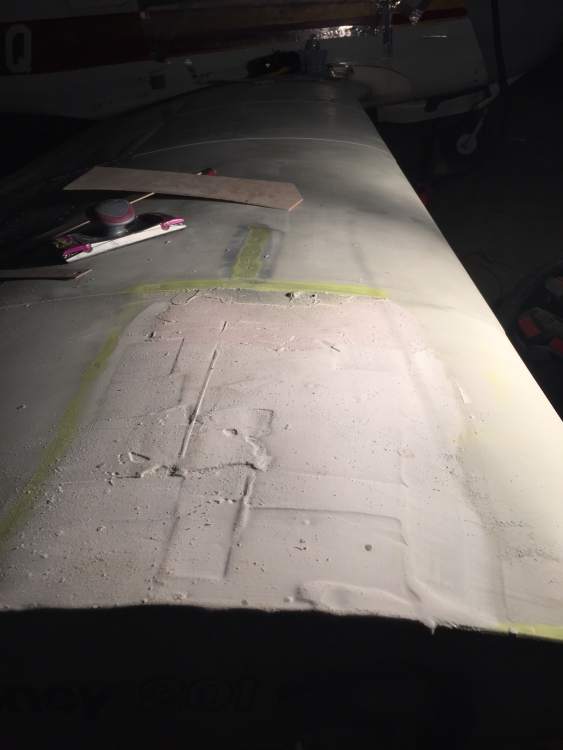
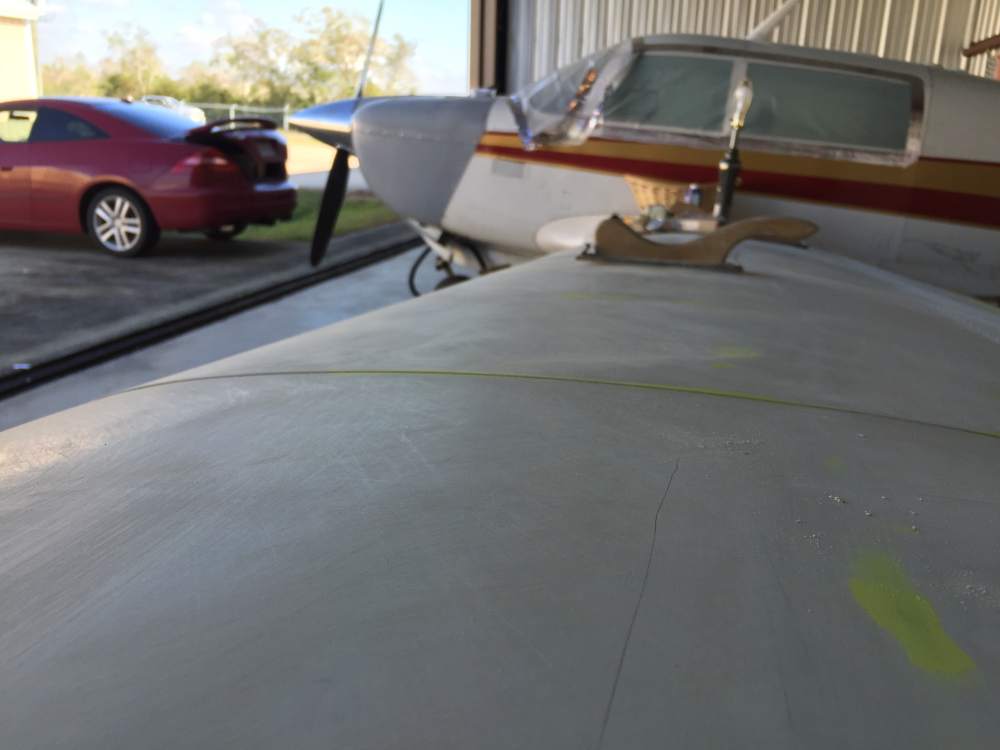
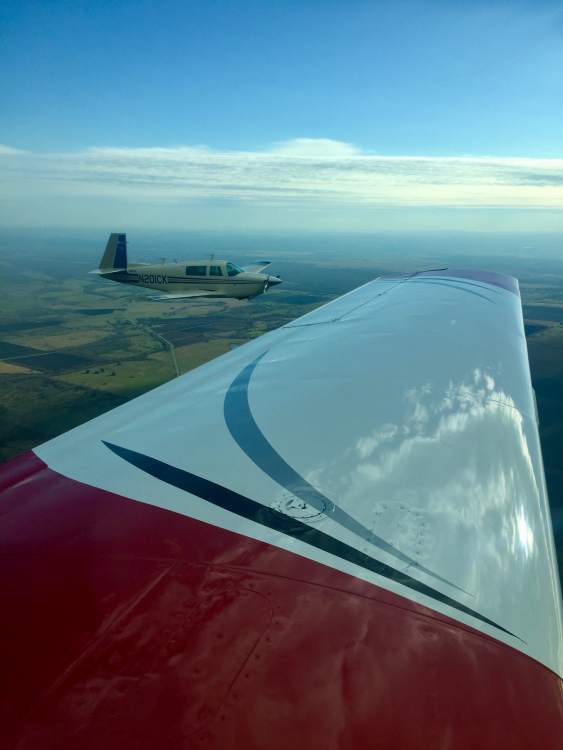
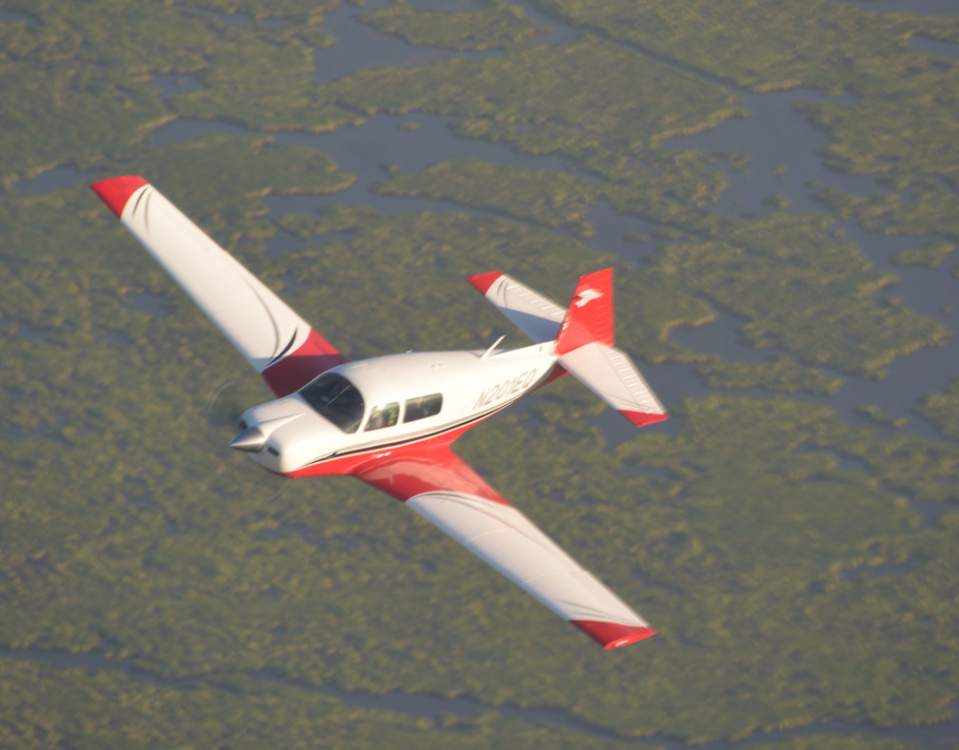
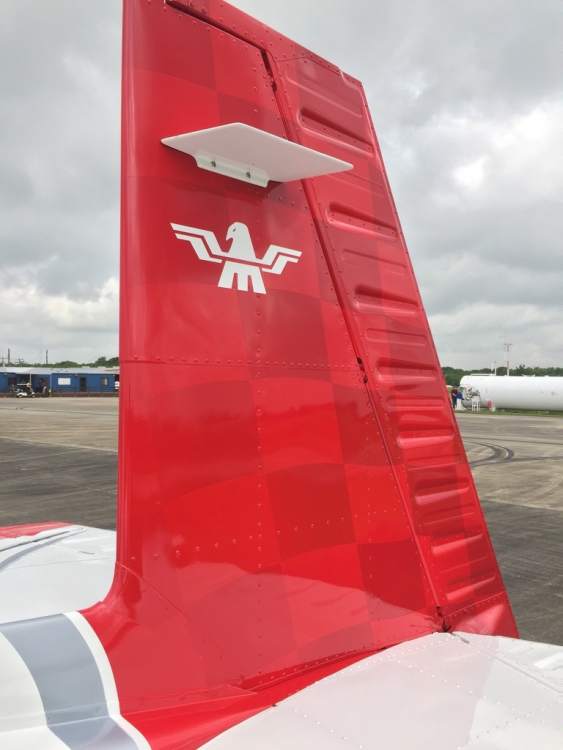

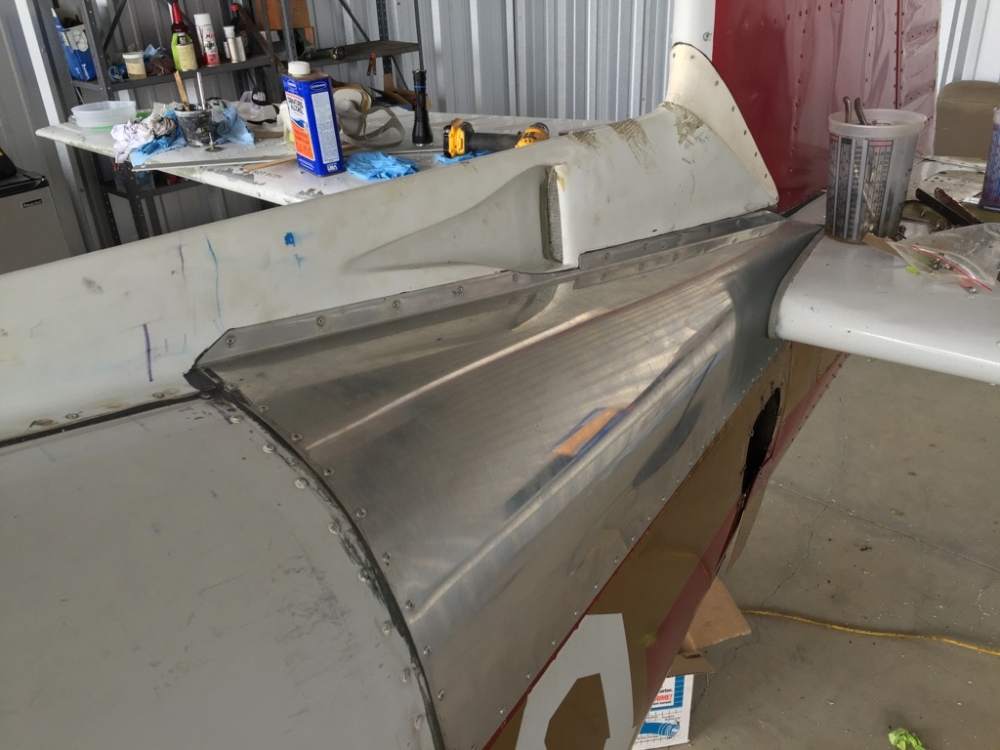
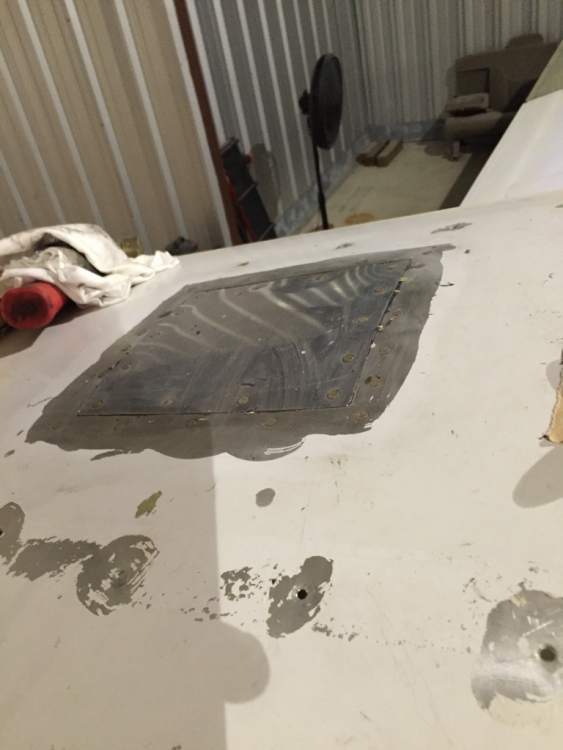
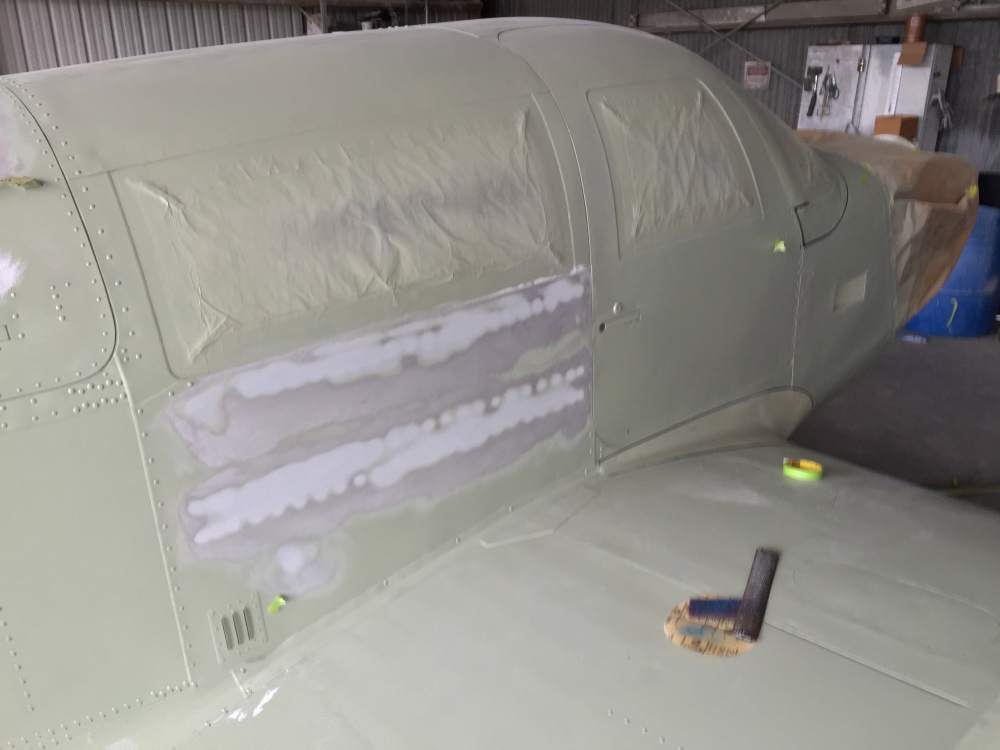
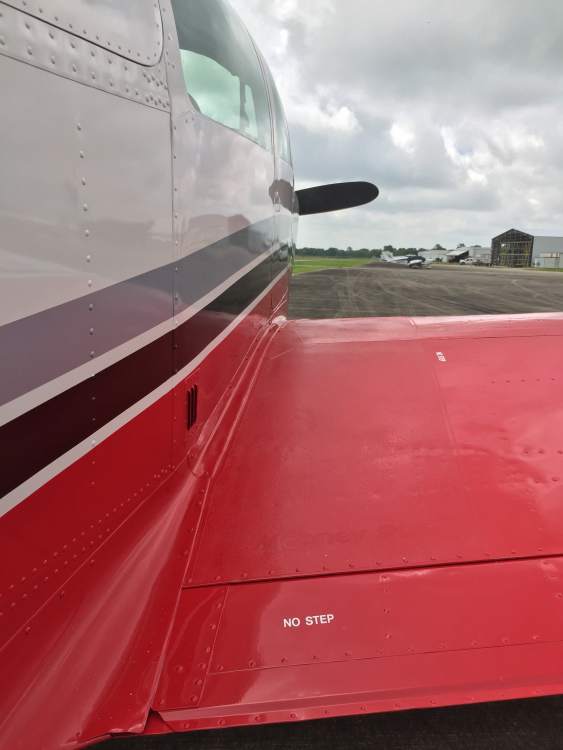

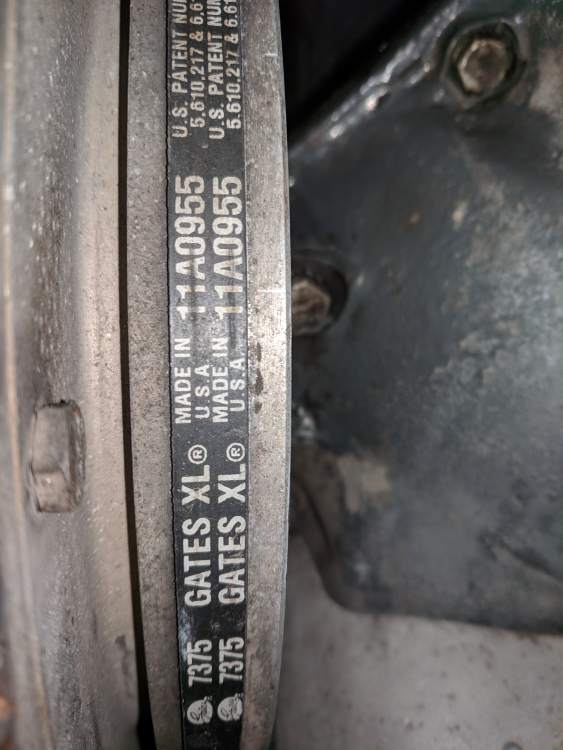


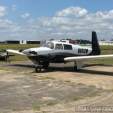
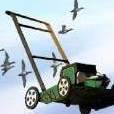
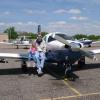


.thumb.jpg.4ea02c9932ab87ffb976b5fbb971e687.jpg)


